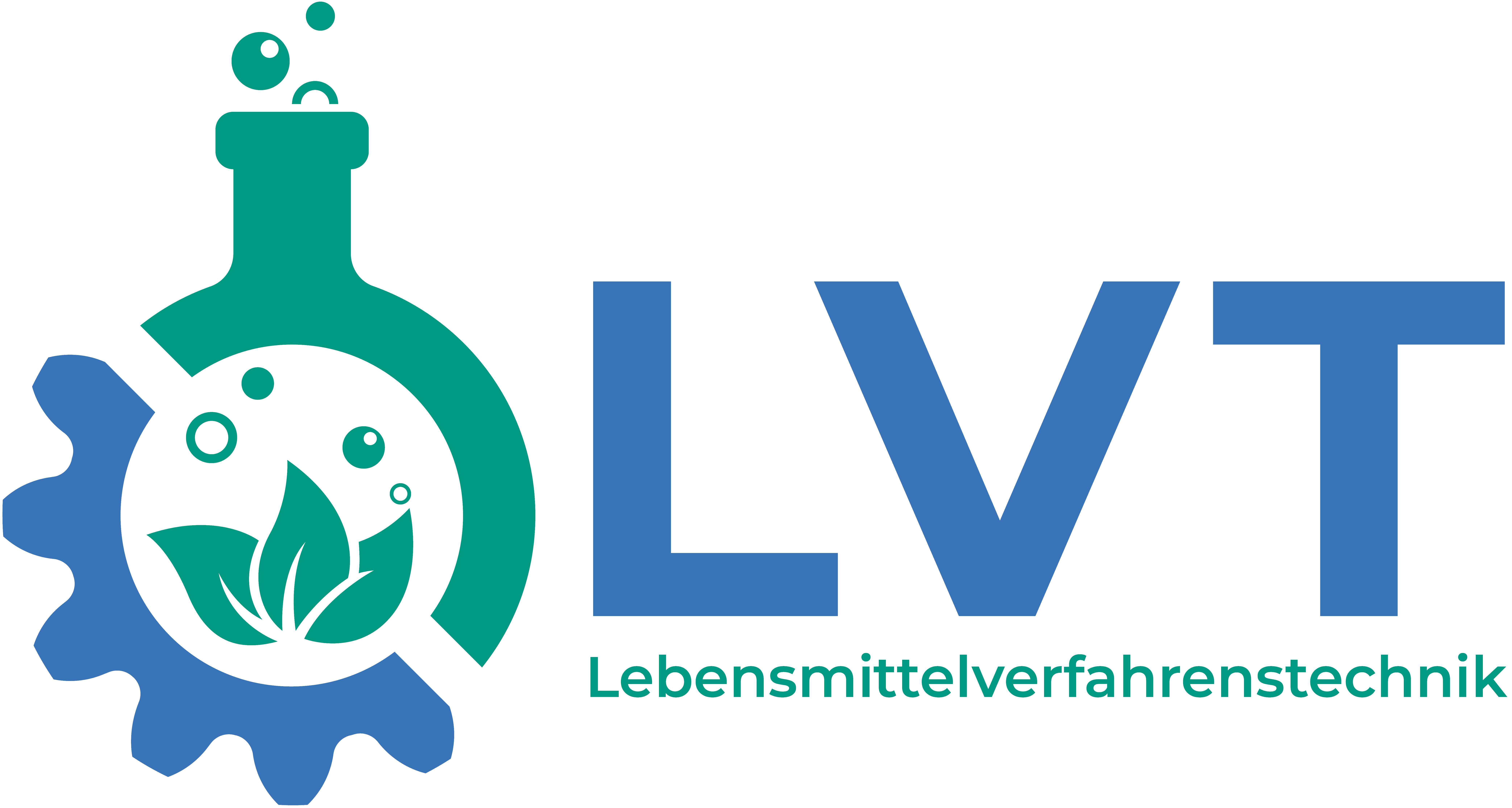DFG-SPP 1934 (Phase 2): Influence of thermomechanical stresses on structural and functional changes of highly concentrated protein systems in extrusion processing
- Ansprechperson:
- Starttermin:
2019
- Endtermin:
2022
Recent trends in food extrusion technology and research have been mainly directed to the development of sustainable and functional foods, which address the increased consumer awareness of the role of food products and processes on environment, health, and well–being. One of the most promising and growing application area is the processing of proteins, in which plant, algae, insect, or dairy proteins are structured to produce meat and dairy analogues or substitutes by extrusion. During this process, proteins are exposed to thermal and mechanical stresses, leading to changes of their native molecular structure. Then, through the flow in a long extrusion die, these restructured proteins are able to form anisotropic meat-like structures. Extrusion was also successfully exploited as a bioreactor to produce protein-based surfactants, stabilizers, coatings, and biodegradable films.
The functional properties of proteins are considered to play a major role as quality determinant for these products. Among others, functional properties will be determined by denaturation and aggregation behavior of proteins during the extrusion process. Thus, information on the kinetics of protein denaturation and aggregation is essential to provide a better understanding of the structuring and functionalization mechanisms of protein-based, extruded products.
Past research has gained a vast amount of useful information on heat-induced structural changes in proteins in dilute model solutions. These studies supply fundamental information on possible structural changes under thermal treatment. However, the extruded protein systems differ significantly from these model systems due to higher protein concentration (> 40 % w/w) and matrix viscosity (> 1000 Pa.s). Moreover, the extrusion process involves not only thermal but also mechanical treatment of the proteins at relatively high shear stresses (> 100.000 Pa), and there is only very limited number of studies on the reaction behavior of proteins at such conditions.
The main goal of the first phase of this project was therefore the investigation of the influence of defined extrusion-like conditions (i.e. high temperature, high shear, short time treatment) on the denaturation and aggregation behavior of highly concentrated model protein systems (i.e. ß-lactoglobulin) and the resulting protein functionality.
In phase II, this fundamental information will be used to characterize the protein modification in transient flow conditions of a co-rotating twin-screw extruder, which will be characterized by using readily available and well-established optical, rheological, and numerical methods in our research group. In addition to the processing conditions, also the complexity of the model system will be increased from single component system (i.e. ß-lactoglobulin, α-lactalbumin) to multicomponent system (i.e. mixture of these proteins) resembling the conditions relevant for the industrial applications.

